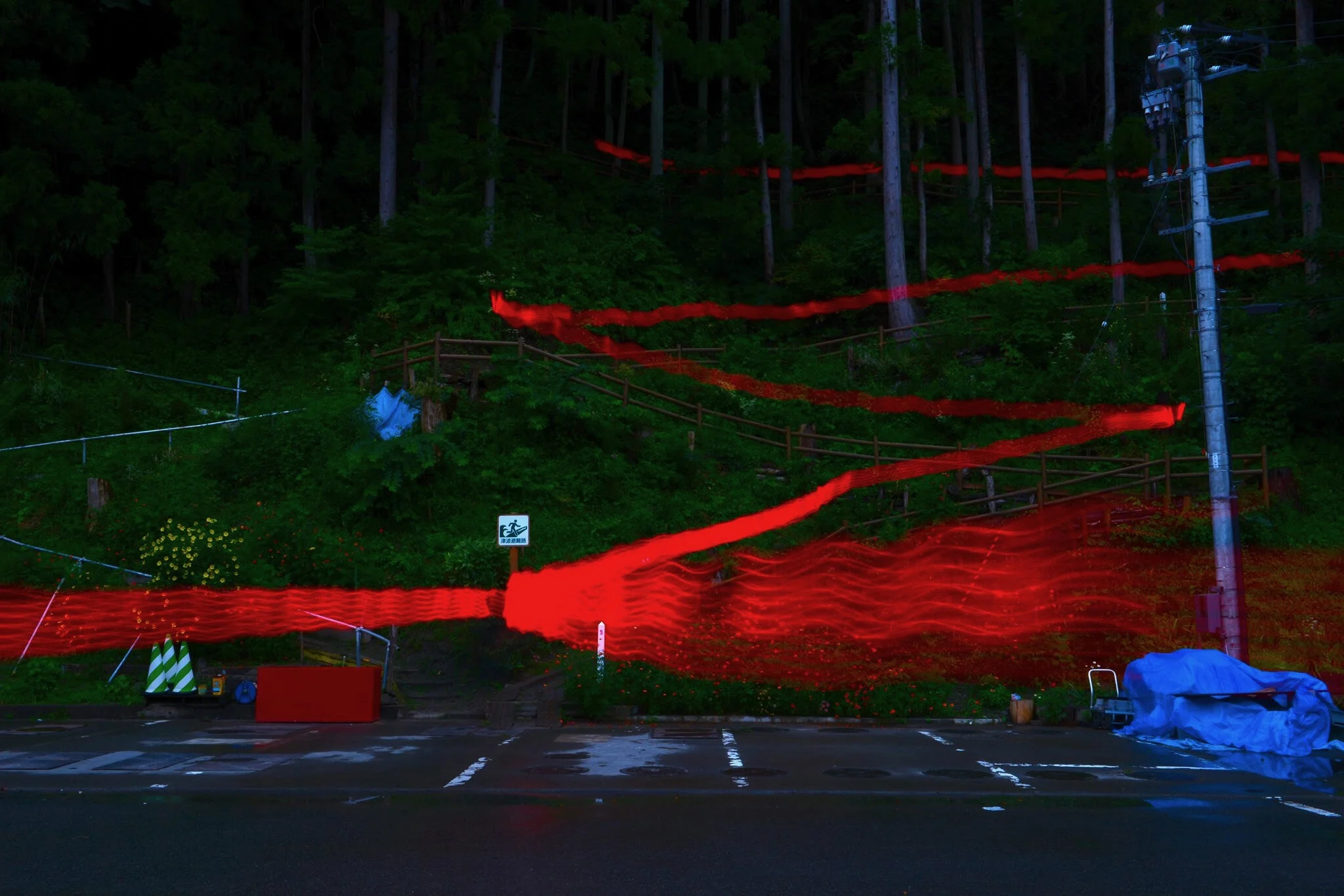
When Disaster Strikes
Research into the environmental phycological impact of post disaster relief.
A university project that became something much bigger! An initial brief was set to develop tsunami escape routes in Kamaishi, Japan. However, the tension between the survivors and the designers was evident to the researcher. Rather than dismissing this, we researched this and its impacts to build a model to move forward in the future.
For further information, please follow the website button to request the full research paper.
Photography credit to Chris Wainwright, Kamaishi; Japan. (2016)
“When disaster strikes, support follows. Within weeks of a natural disaster, support is provided from various countries with the intention of helping communities. Buildings are formed where the dead once lay, the bodies of locals, family and friends. But in order to go on living, their thoughts must be pushed away from these memories, removing morbid constraints. The structures formed for necessity become monuments of loss. Attempts at reinvigoration and stimulation form glimmers within the decollate planes of destruction. However, often awareness fades and other disasters occur, leaving behind attempted relief and distressed communities.”
The aim of this research is to understand and study the psychological impact of post disaster relief. This will specifically relate to the earthquake and subsequent tsunami within Japan, in 2011. Designers do not have to live within the structures that they design, but the researcher wants to understand the impact that they might have on those who do.
To assist this research, investigations of relief designs and their impact onthe community will be studied. The focus will be the community of the northern Japanese area of Kamaishi, in the Tohoku region, and the psychological impact from the spatial innovations donated to them with the intention of support. This information will be gathered through researching various examples of designs that have been built since 2011 in Kamaishi. Along with this, the researcher intends to create a wealth of information regarding the psychological effects of these spatial environment and policies through personal accounts from the community.
To create a comprehensive view of the subject, direct contact has been made to organisations that produce these designs of relief. Therefore, this report will adopt the perspective of a non-native designer assessing the process of disaster relief before visiting the local communities. Studies of the area of Kamaishi will be discussed in relation to the people surrounded by and using the structures. Then a fully informed guide of the approach to takewith any further projects with reference to creating psychological relief will be contextualised. The designs are created for the people of the area, but often designs remain inhumane possibly due to the cultural differences. By understanding the people’s views, it is intended to optimise the efficacy of future structures and policies. The expectation is to gain an understanding of the positive and negative impact that structures can have on the community.
Then a fully informed structural solution of the approach to take with any further projects with reference to creating psychological relief will be contextualised. The designs are created for the people of the area, but often designs remain inhumane possibly due to the cultural differences. By understanding the people’s views, it is intended to optimise the efficacy of future structures and policies. The expectation is to gain an understanding of the positive and negative impact that structures can have on the community.
Background and Context
Key themes, evident throughout the literature, are repeatedly reported as influencing reaction to disasters and efficiency of disaster relief. The themes of environmental psychology, “The Lost Decade”, politics and economics form a discussion from which a solution will be derived in correlation with first hand exchanges.
The nature of relief design involves a boundary between the design process and the area of its use. This disconnection between these two features can pose a negative distraction for the whole intention. The sensitivity of the whole idea can be mistranslated by differing approaches. When designing relief structures for another country, the climate and culture needs to be taken into consideration and inform the design that the distressed inhabitant will occupy. Additionally, an understanding of the purpose of the space needs to be consid-ered and the connotations of this. Commonly, temporary structures are provided in the early stages of social repair in an attempt to reduce the psychological distress to inhabitants. Aquilino (2011) recognised that these ‘temporary’ shelters housed people for almost 2 years and therefore the choices made in the early days had a large impact on the long-term quality of the survivor’s lives.
“Repair-Reconstruct-Rehabilitation.” (Aquilino, 2011, p72)
“Overall, people preferred to reconstruct the houses themselves rather than secure a house built in an external agency.” (Aquilino, 2011, p74)
Aquilino’s research brings to light the issues in receiving these structures. Not everybody wants to be given a flat pack structure, which is the reality in most cases. These are structures mass-produced to do a job, and that alone. Understandably this is the most efficient way and is used by the Red Cross. However, these sorts of companies will raise funds and work hard to create the most cost effective and efficient design. Yet, after the relief structures have been deployed, what happens to them? What happens to the residents after the relief has been deployed?” - (Dowd, 2016, When Disaster Strikes)

